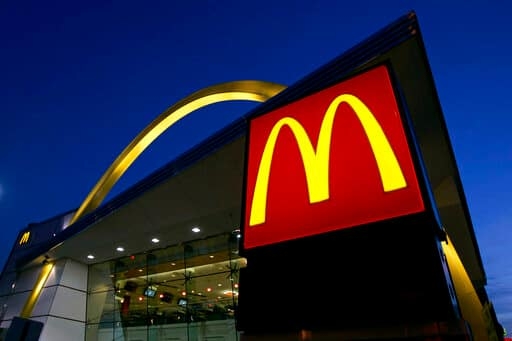QSR (quick-service restaurant) companies have seen pent-up demand benefits once the COVID impact started receding. Initially, delivery-focused players ( Domino’s, etc.) saw a jump in growth metrics and later dine-in players enjoyed the mobility (i.e. McD, KFC, etc.). With a sharp jump in growth metrics, the restaurant margin has improved sharply (200- 500 bps in 9MFY23 vs 9MFY20).

Analysis: Why QSRs are trending big after COVID and what's in store for them going ahead
India is still quite an under-penetrated market with 3 stores per million population vs China’s 13 stores per million (six stores in 2013).
With most tailwinds behind, it’s believed that margin trajectory will largely return to the normal level (similar trend witnessed in global QSR and Indian consumer companies). India is such a large food-consuming country that global giants were always looking at it as one of the most promising emerging markets. Global QSR giants entered India and China in 90's with the excitement to feed two large populous hubs. However, the growth trajectory was quite slow in India vs that in China, which can be attributed to the variance in the economic growth of these two countries.
In this section, we are trying to give the background of these global giants (Yum!, McD and Domino’s), their growth progression and business model in US and international markets.
They have also captured their ‘roots and rise’ in India and tried to match their success/failure w.r.t. their commentary/plans about India. We believe the top-down approach is a more useful way to understand QSR trends and the brand’s success instead of just looking at micro factors like ADS, SSSG, operating margin, etc. Global strategy, tech investments, growth plans for the top international market along with global consumption trends are more critical.
India is still quite an under-penetrated market with 3 stores per million population vs China’s 13 stores per million (six stores in 2013). India can sustain 10% store growth for global QSR giants by 2030 (China clocked 10% CAGR in 2013-2022).
Domino’s and Yum are close to 1,700 stores in India while McD has 500 stores. The QSR industry saw a yearly addition of 125 stores in 2005-2010, which increased to 300 stores in 2010-2020 and 475 stores in 2020-2023E. The yearly expansion can sustain 550 stores up to 2030E. It will lead to store metrics of 6 stores per million by 2030.
Key factors for long-term thesis
(1) QSR is more of a macro story play with India’s fast changing ecosystem (internet, mobile, young population, large population, rising hygiene preferences, etc.) driving penetration.
(2) QSR store growth is sustainable at 10% with the industry expected to reach six stores per million population by 2030 from three stores per million currently.
(3) Long-term SSSG (Same-Store Sales Growth) to sustain at mid-high single digit (most global QSRs achieved in the US in the long run).
(4) Earnings growth driven more by unit growth than margin expansion.
(5) Macro will remain favourable (sensitivity is high for QSR).
India QSR
Fast changing store share - As compared to Domino’s and Yum, McD Global has a limited focus on the Indian market despite almost the same entry period. Domino’s and Yum both have >1,700 stores in India while McD has a total store network of ~500 stores.
The store expansion of McD will continue to be slower than peers due to the large store size format, revenue extraction from one store being relatively high, and lack of heavy global push for aggressive store expansion. Burger King’s entry has further changed the store mix over the last 4-5 years.
With most companies expected to step up their store activity, the store share will further change in coming years (Domino’s store share likely to fall despite healthy store expansion).
India QSR penetration
More cities will participate for unit growth. QSR network in India is highly concentrated in the top cities of India. The top 30 cities in India contribute around two-thirds (66%) of the total store network while these top 30 cities contribute <15% of India’s population.
QSR is a higher consumer eating-out frequency and increases store penetration. However, despite global giants’ long presence in India (~30 years), a large part of the growth has come from frequency. The top 30 cities have 15 stores per million population as compared to 3 stores per million for India.
Some cities like Bengaluru, Pune, Hyderabad, NCR, etc. are above the 15 stores average. Thereby, for incremental store growth, companies will require to move out of the top 30 cities.
Some companies have already started expanding their city network in the last two years. Domino’s is the best-penetrated brand among QSR that has a city network of 400, which itself has moved significantly from 266 cities in FY18 to 387 cities in 9MFY23.
Which is your favourite brand?
Shuchi Nahar is a Certified Research Analyst. She can be found on Twitter at @shuchi_nahar
Note: This article is for informational purposes only. Please speak to a SEBI-registered investment advisor before making any investment related investment-related decision.